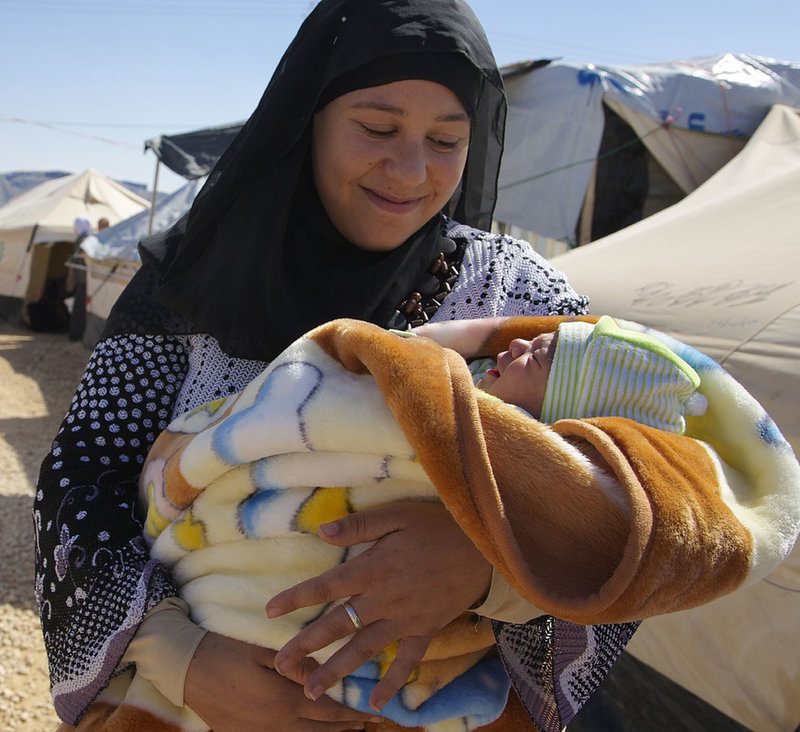How to build an effective partnership
We commissioned an independent evaluation of our partnership with Save the Children. The evaluation took a collaborative, whole-person approach so that all stakeholders could find the best ways to improve how the partnership works and the programme’s impact.
Here’s what we've learnt:
01.
Take time to establish ownership
Ensure partners take time to discuss
a programme’s engagement and scope. It’s important to be realistic with timeframes, and clear on roles and responsibilities.
02.
Seed funding works
When responding to emergencies, seed funding helps to provide a rapid response and scale up operations. In Ethiopia, C&A Foundation funds were recycled two to three times, which leveraged a further €17 million ($20 million). However, this isn’t measured systematically so we’re working to improve KPIs for seed funding. This includes asking for feedback from beneficiaries to aid learning and improve future responses.

03.
Impact takes time
To see results at scale – including policies being implemented in countries and tools for disaster resilience being embedded in communities – programmes should last at least five years.
04.
Focus on local government
Until now, projects in urban locations somewhat replicate the rural tools and approaches for risk assessment and planning. This misses the opportunity to include urban dynamics. For example, in Bangladesh the roles and responsibilities for community risk management are not clarified for the city corporation and municipality. In urban areas there is no formal setup for community-based groups to exchange learning and share knowledge and practices on urban hazards and impacts. As a result, the agenda for risk assessment and financing remains absent in government plans for annual development at city corporation and municipality levels.

Success story
Seed funding saves lives in the Horn of Africa
The Horn of Africa has been grappling with the effects of consecutive failed rains, leading to
12 million people needing humanitarian assistance at the start of 2017.
Children bore the brunt of the crisis as their families struggled to survive in a worsening situation that resulted in malnutrition, increased susceptibility to diseases, limited access to school and exposure to protection concerns as families migrated in search of food and water.
Our €270,000 grant – supporting the response from January 2017 to August 2018 – provided emergency aid to people affected by severe drought in Somalia, Ethiopia and Kenya.
Funding was used as co-funding for Swiss Solidarity (€70,000 of our funding was used as co-funding/matching to unlock €842,000).
In Ethiopia, the evaluation found that seed funding – including our contribution – was recycled two to three times and contributed to a further generation of €17 million ($20 million). Further funds were leveraged after the evaluation was completed. This meant Save the Children had assessment and technical teams on the ground earlier.
According to a Save the Children representative, seed funding: “...kickstarted programmatic responses, covering operational costs, leveraging further funding and sustaining the work that is already underway in all five response sectors, particularly in the critical period of early 2017 before donor funding came online.”